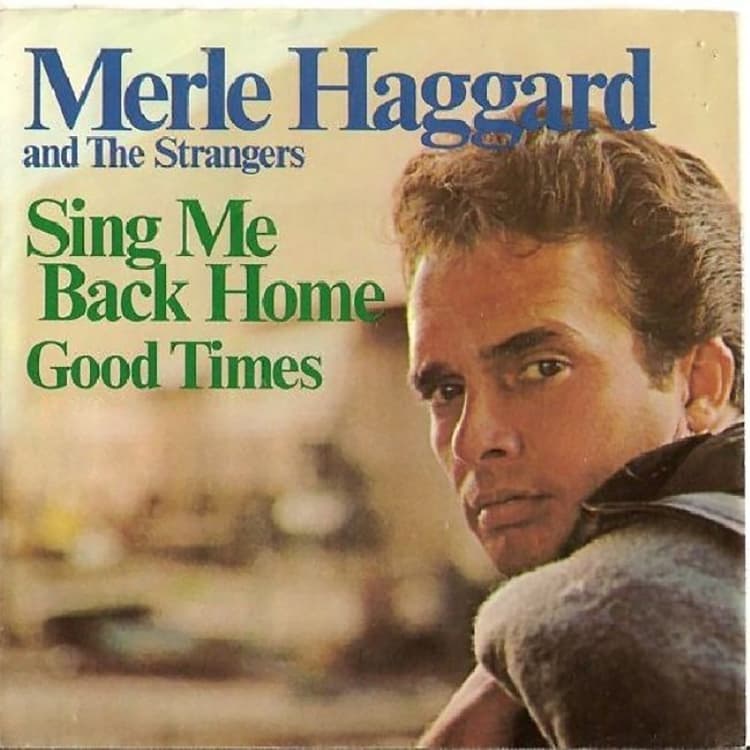About This Song
In December of 1957, Merle Haggard was convicted of an offense that earned him a spot in “The Book of Lists #3” in the chapter called “19 Stupid Thieves.” Haggard and a friend, Mickey Gorham, tried to break into a restaurant in California after hours. As it turned out, the establishment was actually still open! Merle was caught and served time in San Quentin. His incarceration was a pivotal event in his life. In the midst of his sentence, he endured seven days of solitary confinement for making moonshine (how he managed to gather all the materials needed to do that while in prison, I don’t know), and he emerged from his isolation cell determined to turn his life around. Upon his release in 1960, he turned to music as a legitimate vocation.
Haggard had been in the audience at Johnny Cash’s first of two concert appearances at San Quentin, and Cash later convinced Merle to be candid with the public about his prison experiences. It was a wise piece of advice, and prison themes underscored each of Haggard’s first three number one singles. The first, “The Fugitive” (also referred to as “I’m a Lonesome Fugitive” to avoid confusion with David Janssen’s hit television series at the time), was written by Liz and Casey Anderson, and reached the top of Billboard’s country chart on March 4, 1967. On September 2nd, Merle returned to number one with his own composition, “Branded Man.” “Sing Me Back Home” followed in the same vein. The title was not quite so obviously linked to prison, but the storyline was.
“Sing Me Back Home” was the tale of a Death Row prisoner, bound for execution, whose last request is a song that will remind him of home. It was based on a man Haggard personally knew in San Quentin named Jimmy “Rabbit” Hendricks. Hendricks had escaped and killed a policeman on the outside, and a San Francisco court handed down a death sentence.
In an interview with Bob Eubanks of Billboard Magazine, Merle reflected that even though he knew the crime Hendricks committed was brutal, and the guy was an incorrigible criminal, it’s a feeling you never forget when you see someone you know make that last walk. The scene in the prison yard of Hendricks being led to his execution, which Haggard witnessed, left an indelible mark in Merle’s mind, and the idea for “Sing Me Back Home” came to him a few years later while driving through North Carolina.
“Sing Me Back Home,” as were most of Haggard’s other hits on the Capitol label, was helmed by veteran producer Ken Nelson, who had been involved with Capitol’s foray into country music almost from the very beginning in the late 1940s. He was appointed head of the label’s country division in 1952. Nelson brought Haggard into the Capitol fold in 1965 following Merle’s success with his first Billboard Top Ten hit “(My Friends Are Gonna Be) Strangers” on the independent “Tally” label, and played an important role in the development of Haggard’s trademark sound.
Video
Lyric
The warden led a prisoner down the hallway to his doom
I stood up to say good-bye like all the rest
And I heard him tell the warden just before he reached my cell
“Let my guitar playing friend do my request.” (Let him…)Sing me back home with a song I used to hear
Make my old memories come alive
Take me away and turn back the years
Sing Me Back Home before I dieI recall last Sunday morning a choir from off the street
Came in to sing a few old gospel songs
And I heard him tell the singers “There’s a song my mama sang
Could I hear it once before you move along?”Sing me back home, the song my mama sang
Make my old memories come alive
Take me away and turn back the years
Sing Me Back Home before I dieSing Me Back Home before I die
